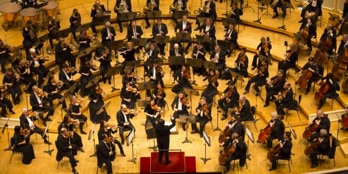Maurice Ravel

9.
Many of Ravel’s orchestral works began life as piano works. The composer then orchestrated them. Examples include Pavane for a Dead Princess, Rapsodie espagnole, Le Tombeau de Couperin, Mother Goose, La Valse, Boléro, Alborada del gracioso, and others. It is fascinating (and highly educational!) to study the piano scores and then study the orchestral versions: great lessons in orchestration!
What is an interesting aspect of many Ravel orchestral works?
10.
What are some of the technical musical characteristics of Ravel’s music?
